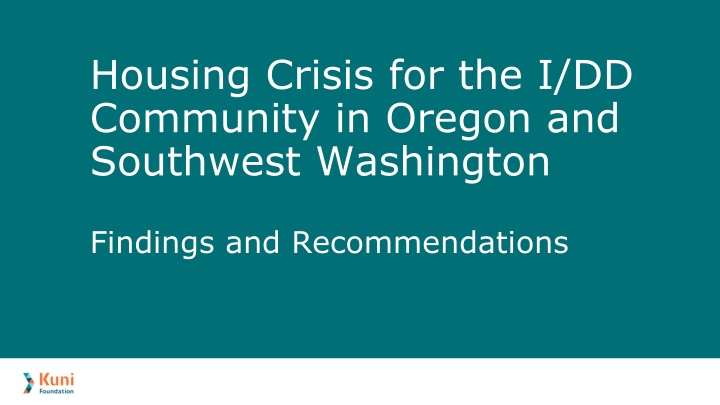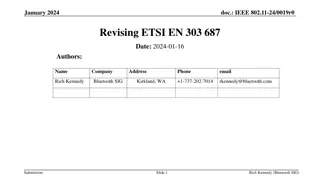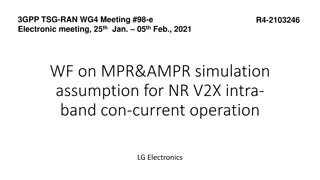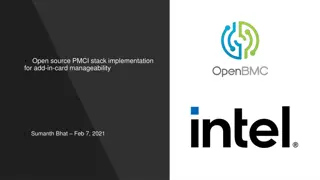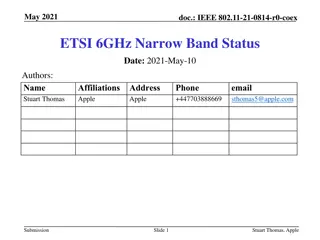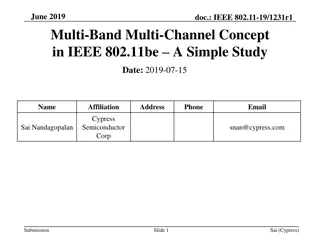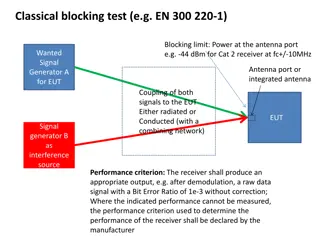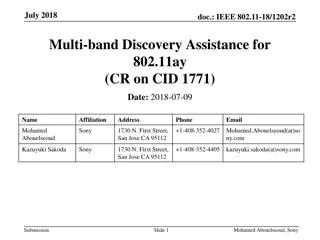Testability Aspects for New Band N262 Introduction
RAN4 discussed testability issues for the introduction of new band N262, covering topics like upper frequency limit, antenna aperture, methodology enhancements, and more. Proposals were made for effective antenna aperture approaches and alignment on parameters. Open issues related to permitted test methods were also addressed. The focus was on refining test setups and methodologies to accommodate the new frequency range. Further discussions and agreements were encouraged for future meetings.
Download Presentation

Please find below an Image/Link to download the presentation.
The content on the website is provided AS IS for your information and personal use only. It may not be sold, licensed, or shared on other websites without obtaining consent from the author.If you encounter any issues during the download, it is possible that the publisher has removed the file from their server.
You are allowed to download the files provided on this website for personal or commercial use, subject to the condition that they are used lawfully. All files are the property of their respective owners.
The content on the website is provided AS IS for your information and personal use only. It may not be sold, licensed, or shared on other websites without obtaining consent from the author.
E N D
Presentation Transcript
Housing Crisis for the I/DD Community in Oregon and Southwest Washington Findings and Recommendations
Background Nearly 20 years since the closing of the Fairview Training Center in Oregon. 30 years since the Americans With Disabilities Act passed. Policies and systems have failed to deliver on the promises of community integration. Growing population of individuals experiencing I/DD who want to live independently or in integrated settings.
Study with ECONorthwest The Kuni Foundation spent the last year conducting interviews and focus groups with I/DD advocates and leaders in the affordable housing sector. Two key themes emerged: Need for more data to quantify the size of the I/DD population in Oregon and SW Washington. Need for better information to help the housing sector understand the needs, preferences and barriers facing the I/DD community related to housing.
Findings:Outdated Data National data currently used to quantify the number of individuals experiencing I/DD is more than 25 years old. The number of people experiencing I/DD could be many times higher than the currently used rate. 4
Lack of Available, Affordable Options Housing costs skyrocketing in PNW. Affordable housing options are in short supply. Region s housing crisis increasingly challenging for adults with I/DD: An estimated 24,000 adults with I/DD in the region face housing insecurity. SSI income doesn t come close to covering the cost of most housing options.
Where People Experiencing I/DD Currently Call Home
A System in Crisis: Aging Caregivers Needs and expectations of people experiencing I/DD are drastically out of sync with housing availability: of individuals experiencing a disability in Oregon live at home. Approximately 39.8 million caregivers provide care to adults 18+ with a disability or illness. 60% of individuals experiencing a disability in Washington live at home. 70% Of those caregivers, 34% are 65 years of age or older. live with a caregiver older than 60. 25%
Resources Going Unused Better collaboration offers immediate opportunity, as many available funding streams and incentives go untapped due to lack of awareness. Oregon Housing and Community Services received $2.3 million in rental assistance from the Federal Department of Housing and Urban Development in 2015 to support the integration of 75 affordable housing units for individuals experiencing I/DD in community based rental properties. As of 2020 only one third of these rental assistance vouchers had been used.
Dispelling the Myths Many self advocates have a strong desire to live more independently or in a more inclusive, integrated setting. The low percentage of individuals currently living independently is not, in most cases, a reflection of an inability to do so but rather due to the high cost of housing in the Pacific NW and lack of inclusion of individuals with lived experience in affordable housing planning. Individuals experiencing I/DD want the same things we all strive for: independence, self-determination, a sense of community and a safe place to call home.
ECONorthwest Findings: A Snapshot Align with national efforts to improve data collection and enhance state-level data collection and capacity to link and analyze data across agencies. Conduct additional outreach to find and serve individuals unknown to state agencies. Elevate the needs of adults experiencing I/DD when allocating scarce housing resources. Use the newly Metro-approved resources to end homelessness for adults with I/DD in tri- county Portland. Bridge the gap and improve coordination between housing and support services to connect rent subsidies and wraparound support so that more people who desire to live independently are able to. Help developers understand the in-home support funding for individuals with I/DD to incentivize more housing units affordable at 0-30 percent of area median income.
Increasing Visibility and Housing Options Share the findings of this study. Stay connected and sign-up for upcoming advocacy opportunities. Disseminate the toolkit among your network. THANK YOU!
